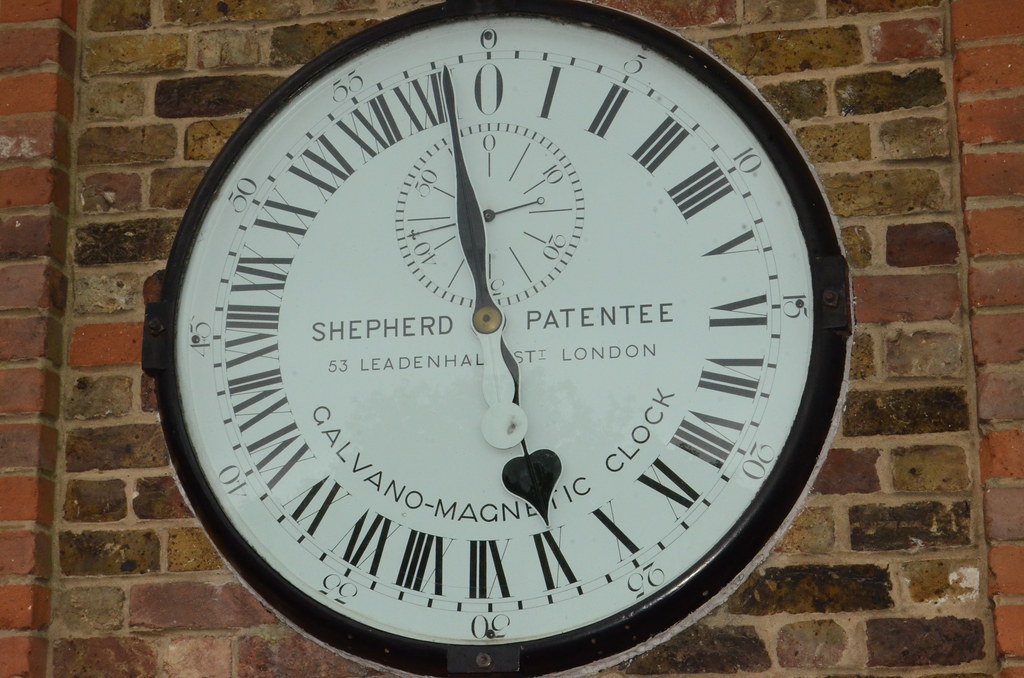From WSJ by Andrew Browne
When the Manchus ruled China, it was given the name South Sea—a maritime domain dotted with islets, atolls and lagoons that provided storm shelter for fishermen.
China's 1947 map depicting the "eleven-dotted-line"
What today's atlases call the South China Sea received its English-language appellation, and its coordinates, under a
1953 document entitled Limits of Oceans and Seas published by the Monaco-based International Hydrographic Organization, whose patron is Prince Albert.
And it's critical to the global economy.
It carries more than half of the world's seaborne trade; connects the fast growing economies of the Asian Pacific with markets in Europe, the Middle East and Africa, and is reckoned to cover vast oil reserves.
Yet, in a push that's creating alarm among China's neighbors—and the U.S. —the inheritors of the Manchu empire who now run China are making increasingly assertive claims to almost all of it as part of an ancient imperium that they are proudly reviving.
The boundaries of their historical claim are marked by a "nine-dash line"—a line made up of nine dashes, or strokes, that protrudes from China's southern Hainan Island as far as the northern coast of Indonesia, looping down like a giant lolling tongue.
This line has always been something of a mystery.
It was drawn up by cartographers of the former Kuomintang regime in 1946 in the chaotic final years of the Chinese civil war before the Kuomintang fled to Taiwan.
And, in fact, the line started not with nine dashes but 11: Two were scrubbed out in 1953 after the victorious communists adopted the line.
Scale and precision are prized by mapmakers, but the nine-dash line lacks any geographical coordinates.
It looks as though it was added with a thick black marker pen.
11-dash line Republic of China 1946 Map
What's more, Beijing has never properly explained what it represents.
Does China's claim to "indisputable sovereignty" over the scattered territorial features inside the line derive from the line itself?
Or is it the other way round, with the line deriving from those territorial features and the waters that surround them?
China's neighbors who dispute its territorial assertions—among them the Philippines, Vietnam, Brunei and Malaysia—are left to guess.
For these reasons, the prevailing view among Western legal scholars has long been that the nine-dash line wouldn't stand much chance if it was ever challenged under international law.
We may be about to find out. On Sunday, the Philippines filed the first-ever legal challenge to the line as part of a 4,000-page submission to a U.N. arbitration tribunal in The Hague.
It wants the line declared as without legal weight so that it can exploit the offshore energy and fishery resources within its U.N.-declared exclusive economic zone.
China has so far abstained from the proceedings.
The landmark case risks a Chinese backlash.
Already, Beijing has all but frozen political ties with Manila. In recent days, Chinese ships have been playing cat-and-mouse games with Philippine vessels trying to reprovision marines stuck on a lonely outpost called the Second Thomas Shoal.
But what's given the case even greater significance—and a potential for escalation to a strategic level--is that the U.S. has joined in attacks of the nine-dash line, dropping its previous diplomatic caution.
A China Coast Guard vessel tried to block a Philippine government boat as it attempted to enter a disputed part of the South China Sea on March 29. Associated Press
In congressional testimony in February, Daniel Russell, the U.S. assistant secretary of state for East Asian and Pacific Affairs, said that while Washington doesn't take a position on sovereignty issues, the way that China pursues its territorial claims by reference to the nine-dash line creates "uncertainty, insecurity and instability."
He added that the U.S. "would welcome China to clarify or adjust its nine-dash-line claim to bring it in accordance with the international law of the sea."
A Chinese Foreign Ministry spokesman retorted that "China's rights and interests in the South China Sea are formed in history and protected by international law."
He didn't elaborate.
What prompted the American shift in rhetoric, says Paul Haenle, a former director for China, Taiwan, and Mongolian Affairs on the U.S. National Security Council, was China's decision last November to declare an Air Defense Identification Zone over the East China Sea, including disputed islands administered by Japan.
Washington has since explicitly warned Beijing not to do the same over the South China Sea.
It fears, says Mr. Haenle "that we'll wake up one morning and discover the whole region has changed."
But altering the nine-dash line, as the U.S. suggests, may be politically impossible for Beijing.
China regards the Philippines' action as a gross insolence.
It's a slap at President Xi Jinping's much trumpeted "China Dream," a notion that implies the restoration of the country's imperial splendor, including its control over a sea that it regards more or less as its internal lake.
Where is all this headed?
If Manila prevails at The Hague—and it's not clear that the U.N. tribunal will accept jurisdiction over the case--China could simply ignore the verdict and carry on as before.
The simplest solution would be for all countries concerned to shelve their territorial disputes and focus on joint development of the area's natural resources.
But that's not the way the Chinese empire has traditionally worked things out.
In past days, small countries like the Philippines knew their place—at the bottom of a regional hierarchy dominated by China. It is not likely to quietly allow Manila to upset that order.
Links :



